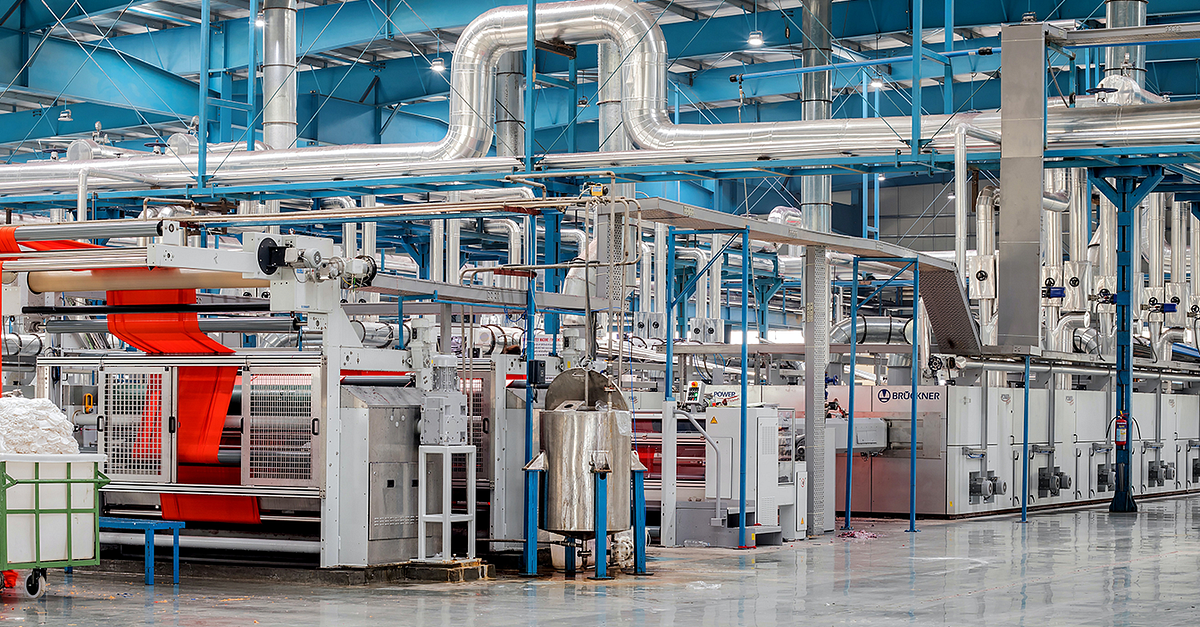In the realm of materials science, researchers actively chase after advancements in heat-resistant materials and mark their success with significant breakthroughs. They particularly focus on the creation and application of heat-resistant coatings; these serve a vital function by enhancing structural durability amidst conditions characterized by extreme temperatures. This article plunges into crucial elements about such coatings: formulation process, techniques for applying them, as well as performance characteristics – it further investigates their wide-ranging influence across various industries including aerospace, automotive construction electronics among others.
Understanding the Need for Heat-Resistant Coatings
Traditional materials often succumb to thermal stress and experience structural degradation in environments with extreme temperatures. To mitigate this challenge, we use heat-resistant coatings which offer an additional layer of protection. Acting as a shield, these coatings reduce the impact of high temperatures on underlying materials; consequently, they extend the lifespan of components and structures.
Composition and Chemistry of Heat-Resistant Coatings
Heat-resistant coatings derive their effectiveness from an intricate composition, formulated with advanced materials: ceramics, polymers, and metal alloys. We tailor the chemical composition to endure specific temperature ranges and environmental conditions. For instance, ceramic coatings boast exceptional heat and corrosion resistance; this characteristic renders them ideal in aerospace and industrial applications.
Applications Across Industries
Various industries employ heat resistant materials, each industry facing unique challenges. The aerospace sector, for instance, considers these coatings indispensable in safeguarding aircraft components exposed to soaring temperatures during flight. Similarly, within the manufacturing industry where equipment like furnaces and industrial ovens endure intense heat; such coatings offer significant protection against wear-and-tear as well as deterioration.
Innovation in Thermal Barrier Coatings
Thermal Barrier Coatings (TBCs), a subset of heat-resistant coatings, are gaining prominence. Designers formulate TBCs to offer insulation against extreme temperatures and decrease heat transfer onto the underlying substrate. This innovative solution carries particular importance within the gas turbine domain where efficient operation hinges on sustaining optimal temperatures. Higher turbine operating temperatures: this is the revolution that advances in ceramic TBCs have brought to the aerospace and energy sectors.
Challenges in Development and Implementation
Substantial potential benefits accompany the utilization of heat-resistant coatings; however, their development and implementation introduce unique challenges. The compatibility between various substrates and these coatings–as well as scalability in production processes–alongside a need for cost-effective application methods: all factors that demand consistent attention from researchers and industries alike. To unlock the full potential of heat-resistant coatings in diverse applications, it is crucial that we overcome these challenges.
Environmental Impact and Sustainability
The escalating demand for heat-resistant coatings underscores a crucial focus on their environmental sustainability: this presents an opportunity. To curtail the ecological footprint of these coatings, researchers delve into eco-friendly formulations and application methods; they are striving for balance–a harmony between high-performance materials and environmental responsibility—in the dynamic evolution of heat-resistant technology.
Integration with Smart Materials
The era of smart materials places a focal point on integrating sensors and monitoring systems into heat-resistant coatings; this integration enables real-time temperature change tracking as well as structural health monitoring. Industries, through the incorporation of smart technologies, can proactively address potential issues: they optimize performance in challenging environments for these heat-resistant coatings.
Future Prospects and Emerging Technologies
As we look ahead, ongoing research and technological advancements promise a bright future for heat-resistant coatings. The potential to enhance the performance and efficiency of these coatings further lies in emerging technologies: nanomaterials utilization; advanced manufacturing techniques. Moreover, by persistently pursuing innovation–a hallmark characteristic of our time–we will likely develop coatings capable not only withstanding more extreme conditions but also unlocking new possibilities across industries as diverse as space exploration or renewable energy.
The advancement and application of heat-resistant coatings signify a major breakthrough in materials science. These coatings not only protect structures from high temperatures’ harmful effects but also improve the durability and reliability of vital components across various industries. As research in this field progresses, the potential for developing materials capable of withstanding extreme environments becomes increasingly realistic, paving the way for a more resilient future driven by innovation and sustainability.





